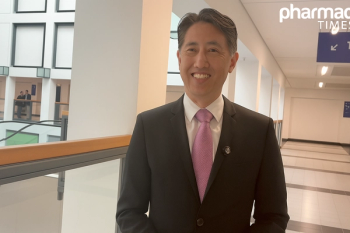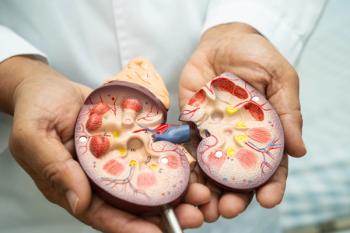
Combination Therapy May Boost Skin Cancer Treatment
Immune checkpoint inhibitors could improve malignant melanoma therapy, according to a study presented at the Congress of the European Academy of Dermatology and Venerology.
Although combining immunotherapy with other cancer treatments may increase efficacy treating malignant melanoma, study results presented at the Congress of the European Academy of Dermatology and Venerology (EADV) in Vienna reveal it can also lead to an increase in side effects.
This has prompted researchers to find ways to improve the side effect profile, and test treatment approaches in 2 upcoming studies.
Compared with the use of standard chemotherapy, immunotherapy has significantly improved the success rate over the past several years. Despite this, researchers from MedUni Vienna and Vienna General Hospital Comprehensive Cancer Center (CCC) are working to further improve these outcomes.
“New data show that 50% of patients with metastasizing melanomas who receive immunotherapy are still alive after 3 years — and indeed with a good quality of life,” said researcher Christoph Höller, as reported by News Medical. “However, this also means that it works less well, if at all, for the other 50%. We are therefore looking for new ways to bring about further improvements in this success rate.”
Updates from another large-scale, multi-center study where CCC cancer researchers were involved showed that treatment with 2 immune checkpoint inhibitors improved treatment outcomes.
However, the treatment was also found to be associated with greater side effects, including diarrhea, concerning skin rashes, and severe fatigue.
“This is where our concepts come in and we will be testing them over the coming years,” Höller said. “One study have just started. It is being conducted in collaboration with the MedUni Vienna and Vienna General Hospital Department of Medicine and we are testing a new combination of 2 immune checkpoint inhibitors, the antibodies against PD-1 and LAG-3. The other study, which is about to start, is looking at whether better results can be achieved by combining the PD-1 antibody with a specially modified virus.”
The goal of the 2 studies it to improve treatment outcomes, while also reducing side effects. In the long term, researchers hope to cure the disease, or at least morph it into a chronic disease, according to News Medical.
Newsletter
Stay informed on drug updates, treatment guidelines, and pharmacy practice trends—subscribe to Pharmacy Times for weekly clinical insights.















































































































































































































